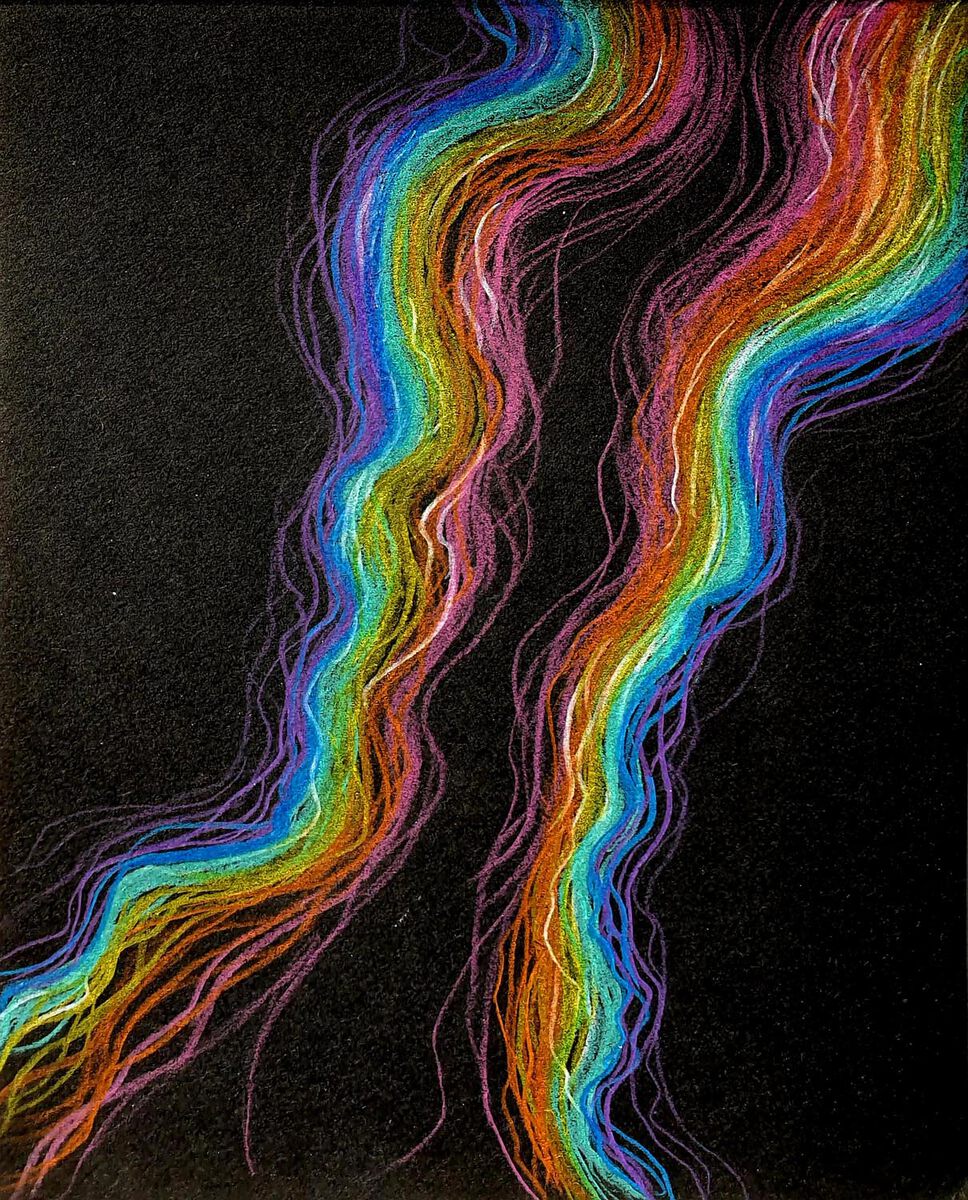Oil Spill
Spilled oil often spreads very quickly on the water surface, eventually forming a thin iridescent film. About 46% of the 1.3 million tons of oil that enter the oceans each year comes from natural seepage, while the rest comes mostly from accidents with tankers, pipelines, storage facilities, and oil rigs. Depending on the circumstances, oil spills can be very harmful to marine organisms. Among many other harmful effects, oil destroys the natural water-repellent layer of bird feathers, as well as the insulating properties of the fur of aquatic mammals. In addition, the animals are often poisoned by the oil when trying to clean themselves. It can take several decades for marine and coastal environments to recover from oil pollution. Many different methods of reducing the noxious effects have been developed. However, none of them are perfect. For example, chemical dispersants, even though they are not toxic in themselves, may have a negative impact on marine life, too. One hopeful approach to a solution was published by researchers in 2018 in ACS Nano. They had created a low-cost, reusable sponge of natural wood that was able to absorb oil, leaving behind clean water.This series of acrylic and colored pencil drawings shows the desperate struggle of marine animals with petroleum. The rainbow colors provide an aesthetic contrast to the motif. At the same time, these colorful aesthetics also emphasize how humans gloss over the excessive use of petroleum by merely looking at it in more appealing forms.
Sources: Hao Guan, Zhiyong Cheng, and Xiaoqing Wang, “Highly Compressible Wood Sponges with a Spring-like Lamellar Structure as Effective and Reusable Oil Absorbents”, ACS Nano, vol. 12, issue. 10, (2018): 10365-10373.
United Nations Environment Programme, Caribbean Environment Programme: Oil Spills: Did You Know? (2016).
